Learn everything about both additive and subtractive manufacturing procedures, methods, benefits, and use, including the latest machining equipment . Understand how CNC machining, milling, turning and drilling of precision parts is created by its material removal processes.
What is Subtractive Manufacturing?
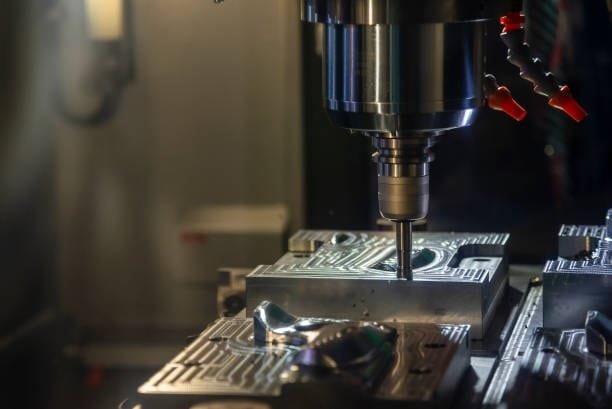
Subtractive manufacturing is an old process of production that entails producing finished part by removing mass in a step by step manner over a solid part of work or block of raw material. As opposed to additive manufacturing (3D printing) that add material layer by layer thus creating an object, subtractive manufacturing processes begin with an oversized piece of material and successively remove material through cutting, drilling, milling or grinding until the final form and size is reached.
This manufacturing process has been used as the model of industrial production over the centuries which was initially on the manual craft work and today is well automated by the use of computers. The basic principle cannot be neglected: regulated material removal to obtain accurate geometries, surface textures as well as dimensional tolerances to specifications as applied by the engineer, unlike some additive manufacturing techniques .
History and Evolution of Subtractive Manufacturing
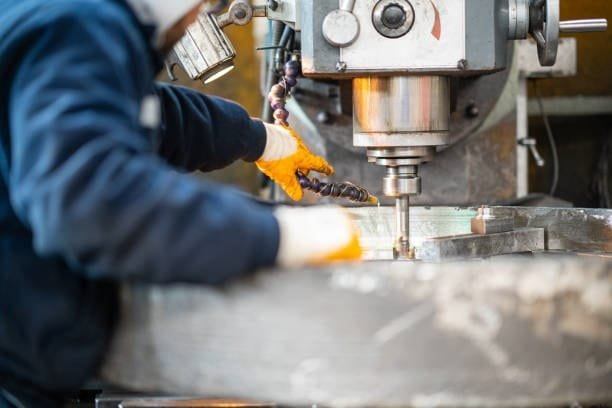
Subtractive manufacturing has origins stretching back many millennia to the earliest tools of stone carvings, woodworking and metal smithing, which all utilised some form of rudimentary hand tool. The Industrial Revolution was such a turning point since this new form of powered machinery was able to carry out cutting processes for intricate geometries aster and with more uniformity than could be done by human hands.
The lathe was developed in the 18th century which revolutionized the production of cylindrical parts whereas the milling machines came in the 19th century to take over the more complex geometry. The 20 th century introduced the numerical control (NC) that evolved to the current advanced Computer Numerical Control (CNC) technology. Advanced materials, cutting tools, and automation systems have been added to modern subtractive manufacturing, providing illusionary precision and efficiency that was never in the market before, making it suitable even for small scale production.
Key Principles of Material Removal

There are a number of basic principles that subtraction manufacturing works with in terms of the manner through which material is subtracted out of workpieces. Cutting A tool must be harder than the material of the workpiece, and unlike certain additive manufacturing processes, it moves at particular values of speed and feed rates to cut the material to produce parts by shear.
The determinants of the success of any subtractive operation are related to cutting forces, heat generation and chip formation. The correlation between feed rate, cutting speed, and depth of the cut has a direct effect on the surface quality, tool life, and efficiency, which differs from other subtractive manufacturing processes . Knowing these principles enables manufacturers to achieve process optimization in terms of various materials, energy deposition geometry, and quality-requirements.
Primary Subtractive Manufacturing Processes
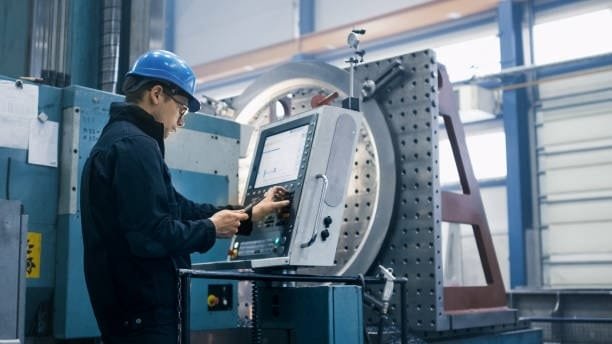
CNC Machining and Its Applications
Computer Numerical Control machining is the most universal and most used kind of subtractive type of manufacturing within the present industry. CNC systems in machine shops utilize programmed instructions that enable movement of cutting tools with great precision, normally at the tolerance range of plus or minus 0.001 inches or less.
CNC machining involves many processes such as milling, turning, drilling and grinding that are all done using automatic machine tools. Among the main strengths of the technology are being able to construct complex geometries, offering high consistency in large production volumes, and using a huge variety of materials, including soft plastics, hard metals hard steels, and alloys and exotics.
Milling Operations and Techniques
Machining Milling is machining in which a workpiece is cut into a desired shape with rotating cutting tools. Multi-point cutting tools are used and rotate along various axes to form the wanted shape and features as the workpiece is usually stationary.
Vertical or horizontal machining can be named as modern vertical milling machines, or horizontal milling machines, including both basic face machining and the most even complicated 5-axis simultaneous milling. The manufacturers are able to produce slots and pockets, contours, and 3-D surfaces with fantastic surface finishes and dimensional tolerances made out of end mills, face mills, and special cutting tools.
Turning and Lathe Operations
Turning operations entail the swiveling of the work-surface and the revolt of material by use of a single-point cutting tool to achieve the shaping of a cylinder, a cone, or a ball. Lathes would be the most common working machine in which turning operations take place and they can either come up with external or internal productions.
The key turning processes entail facing, shoulder turning, grooving, threading and boring. CNC Lathe Modern lathes with excellent heat resistance have the ability to carry out many operations under one set-up, thus reducing set-up time and enhancing the accuracy of such machines. Lathe capabilities to do milling encompass live tooling, where the lathes, without any rearrangement of the machine tool, can produce finished products.
Drilling and Boring Techniques
Drilling- holes are round in shape and formed in material using rotating cutting tools known as the drill bits. The procedure entails feeding of the driving drill to the piece of work at regulated speeds so as to get desired hole size and quality.
Boring operations reduce the size of holes it is applied to to sizes that are more precise and increase surface finish as well as roundness. Drilling may be done on machines designed specifically to do this or be a secondary process on milling machines and machining centers. Similarly, boring may be carried out on purpose-built machines or done as a non-primary process on the previous types of machine. Some of the advanced processes are deep hole drilling, gun drilling, and precision boring in terms of critical processes.
Advanced Subtractive Manufacturing Technologies
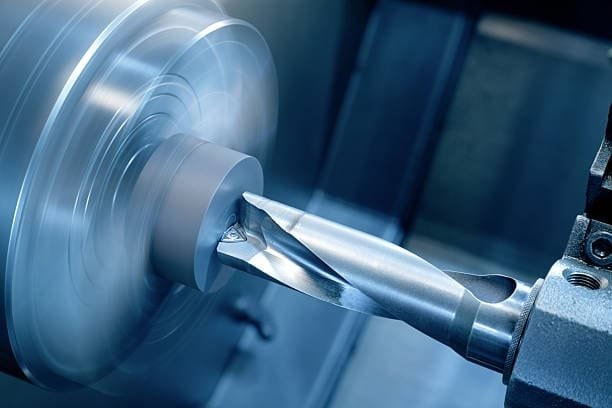
EDM (Electrical Discharge Machining)
Electrical Discharge Machining is the process that employs controlled sparks of electricity to cut conductive work pieces. This non traditional machining process is optimal at producing intricate shapes in hard substances that would be otherwise hard or impossible to machine using modern cutting tools.
There are two types namely wire EDM and sinker EDM respectively, which are used in different applications. Wire EDM is able to produce complex shapes and tight tolerance and sinker comes into picture producing complex holes and surface finishes. EDM is especially useful in tool and die making, aerospace pieces and medical equipments.
Waterjet Cutting Technology
Waterjet cutting involves high pressurized streams of water with or without abrasive particles to cut any type of material. Materials processed during this process include soft rubber to heavy steel plates and exotic alloy without creating heat-affected zones.
The technology has good edge quality, least material waste, and the capability to nest in a tight cut complex shape. Pure waterjet cutting is also utilitarian on soft materials and abrasive waterjet systems are useful on more difficult materials such as ceramics, composites and metals.
Laser Cutting Systems
Laser cutting utilises laser beams that are focused on the material to soften, burn, or vaporise the material along programmed lines of cutting. The process has a high precision, a high quality of edges and brings quick cutting speeds on the thinner to medium thickness materials.
Each type of lasers such as CO2, fiber and crystal laser have their areas of special uses. Laser cutting is known to be proficient in creating complex shapes, minute details and curved edge detail with very little in terms of post processing. The technology is prominent in sheet metal working, electronics, automotive and aerospace.
Materials Used in Subtractive Manufacturing
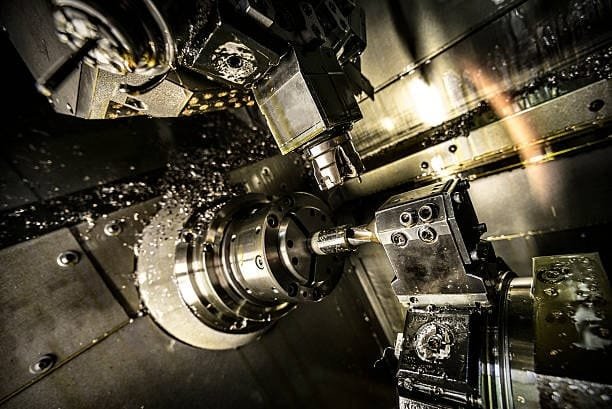
Subtractive manufacturing is capable of processing a very wide variety of materials, all with their difficulties and potential, but also faces challenges related to material wastage . Structural and functional parts (ex.) are usually machined by metals such as aluminum, steel, stainless steel, titanium, and exotic alloy.
Specialist applications, e.g. engineering plastics, e.g. ABS, polycarbonate, PEEK and PTFE, are highly machinable and have good chemical resistance. Ceramics, even glass can be worked using tools and methods and with suitable cutting tools properly performed in composites. The choice of the material influences the cutting parameters, the choice of cutting tools and the surface finish that it is possible to get, contrasting with some additive technologies .
Materials supply and delivery is an important consideration in the manufacture. Other global freight forwarding and supply chains solutions companies such as Shenzhen Guanwutong International Freight Forwarding Co.,Ltd. (GWT Worldwide) are professional logistics providers who ensures timely delivery of quality raw materials to manufacturers. They offer air freight, sea freight, and the China to Europe rail transport as well as the support of the customs clearance of an undisturbed international procurement of materials.
Advantages of Subtractive Manufacturing
Subtractive manufacturing has a lot to be enjoyed that explains why it is the desired manufacturing methodology in many applications. Surface finish quality and smooth surface finish, along with dimensional accuracy, are usually better compared to the additive processes and have the abilities to meet tolerances in micrometers.
During subtractive processes there is no heating nor chemical transformation of the material properties because of the cutting processes used. This maintenance of material characteristics is essential to create parts for structural and safety critical elements. The technology is also design-flexible, with undercuts and threads and more.
Limitations and Challenges
Although subtractive methods in manufacturing have a number of advantages, they also have a number of limitations. It includes waste of materials as discarded material cannot be used again. Internal complex geometries might need several arrangements, or special toolings that add time and expenses to production.
The replacement of the tool and tool wear can be considered an operational cost, especially when a job is being performed on hard or abrasive material. Set up times of complicated parts may be long such that the process becomes uneconomical when the quantities produced are very small. Also, certain geometric functions cannot be created since these may require too many tools.
Quality Control in Subtractive Manufacturing
The subtractive process involves quality control where part dimension and finishing determine the functionality of the parts. Verification and validation require use of coordinate measuring machines (CMMs), optical comparators and surface roughness testers.
The statistical process control (SPC) methods assist in ensuring regularity of quality during the production runs. In-process monitoring is able to find tool wear, dimensional drift and other problems before they can cause non-conforming parts. Quality planning should involve the identification of the proper inspection procedures, designation of control limits, and correctional activities in case of emergency.
Cost Considerations and Economics
The subtractive manufacturing economics is based upon several factors such as complexity of the part, cost of raw materials, the volumes that are produced, and how precise the final product must be. The original cost of tooling and setting up has to be spread over the quantity of production and the process becomes economical in medium/large volume productions, especially in mass production scenario .
Direct effects on per-unit costs are material utilization efficiency, machining time, and lifetime of the tools. Cutting parameters are one of the parameters that should be balanced by manufacturers to achieve the right amount of productivity and quality. Secondary processes: heat treatment, coating or assembly incur the overall cost of production but they might provide functional necessities.
Industry Applications and Use Cases
Subtractive manufacturing can be used in almost all manufacturing industries, including aerospace and automotive industry, medical devices and consumer electronics. Aerospace: aerospace requires very high precision and material properties of key flight materials. The car manufacturing industry uses subtractive in producing engine components, transmission, and chassis components.
The manufacturing of medical devices needs biocompatible materials and exact geometries of implants, surgical equipments, and diagnostic equipments. Subtractive processes are used in the electronics industry in the form of heat sinks, housings and precision mechanical parts. Defense industry also sometimes needs specialized material and high quality criteria that subtractive manufacturing can guarantee.
Comparison with Additive Manufacturing
There is a common relationship between the subtractive and additive manufacturing not of competition but of complementarity. Additive processes are used when the inside geometry is complex, rapid prototyping or on demand production, and the subtractive procedures are better at improvements of the surface finish, dimension accuracy, and material quality.
There are emerging hybrid manufacturing systems, which use a hybrid of the two approaches, and manufacturers get an opportunity to exploit the advantages of both technologies. Near net shape additively manufactured parts can be finish machined to final dimensions and surface finish. This will be able to conserve materials used and yet keep the requirements associated with accuracy.
Future Trends and Innovations
Automation, artificial intelligence, and sophisticated cutting tools are also parts of the future of the subtractive manufacturing process. Solutions of Machine learning algorithms The latter can be accomplished by cutting parameters optimized in real-time, predicting tool wear, and avoiding preconditions of quality issues.
Automation such as part handling and changing tools with robots and quality checking will decrease the amount of labor needed and increase consistency. Newer cutting tools will have better materials as well as coatings that will allow a greater cutting speed and prolonged tool life increasing the productivity and lowering the costs. Connection to the Industry 4.0 would offer real-time tracking and data mining that allows constant process optimization.
Environmental Impact and Sustainability
Green has become a matter of growing concern within subtractive manufacturing, particularly in processes that utilize electrical sparks for cutt . Areas of improvement include the management of thermoset plastics in coolant management, chip recycling, and energy consumption. Minimum quantity lubrication (MQL) is used in modern machines in order to minimize the use of coolant and retain good cutting speeds additive and subtractive manufacturing.
Recycling of metal chips and swarf is common a practice and helps recapture the value of the material and minimizes the cost of wastes. Low energy efficient machine designs utilizing high pressure water stream and cutting parameters that are optimized also reduce power requirement. Coolents reuse The closed-loop systems some manufacturers are introducing filter their coolants and reuse them minimizing the impact on the environment and a decrease in operating costs.
Conclusion
Smart automation, green operations and hybrid manufacturing, which incorporate the most effective parts of many technologies, are the future of subtractive manufacturing especially in large scale production . With the increasing complexities in the global supply chains, quality logistic partners such as GWT Worldwide is very important in making sure that the materials procured by manufacturers are of good quality in addition to making sure that they deliver their products efficiently. The winning strategy in subtractive manufacturing is the combination of the technical ability, the economy of the choice made, and a sense of having an environmental responsibility that can generate customer value and competitive benefits with a dynamic marketplace.

